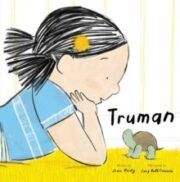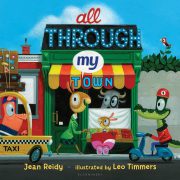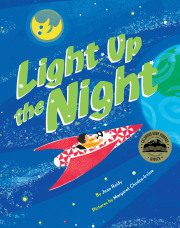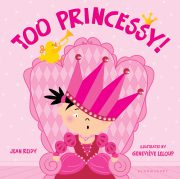When I’ve finished reading Les Edgerton’s HOOKED: WRITE FICTION THAT GRABS READERS AT PAGE ONE AND NEVER LETS THEM GO, I plan on writing a review – a stellar review – because I’m completely taken with his pin-point logic, instruction and examples. I’m about halfway through so you’ll have to hold your breath.
But in the meantime, I’ve begun incorporating Edgerton’s advice in my own process.
I’m currently revising a very rough draft of one of my MG novels. I’m back on those first few pages and first scenes – always the toughest for me – trying to get them just right.
Yesterday I focused on clearly defining what Edgerton calls the “inciting incident.” He describes it as “the event that creates the character’s initial surface problem and introduces the first inklings of the story-worth problem.” Essentially, it’s where the real story begins.
Thankfully, early in my revision process, I spent some time crystallizing my story into one sentence – an exercise I recommend to every novel writer. That sentence beats in my brain as a constant reminder of the heart of my story as I rewrite. But it also revealed a buried treasure. Because there in that 15-word sentence lies the inciting incident. Hurray!
Problem: In my draft I had broken up that incident into two scenes separated by a few other surface problems. Consequently my inciting incident lost the power it could have to really get the ball rolling in my story. I needed to clarify it, rev it up and spend more time with it early on.
How will I accomplish that? I’ll couple the two separated scenes into one in my opening chapters and rearrange those other surface problems – which really have nothing to do with the inciting incident – by moving them to later chapters. Then I’ll work on energizing that opening scene with more humor and higher stakes for my MC.
When I’m done that scene should shout from the pages “THE STORY STARTS NOW!”
And hopefully my reader will be hooked. I’ll let you know how it turns out.

















